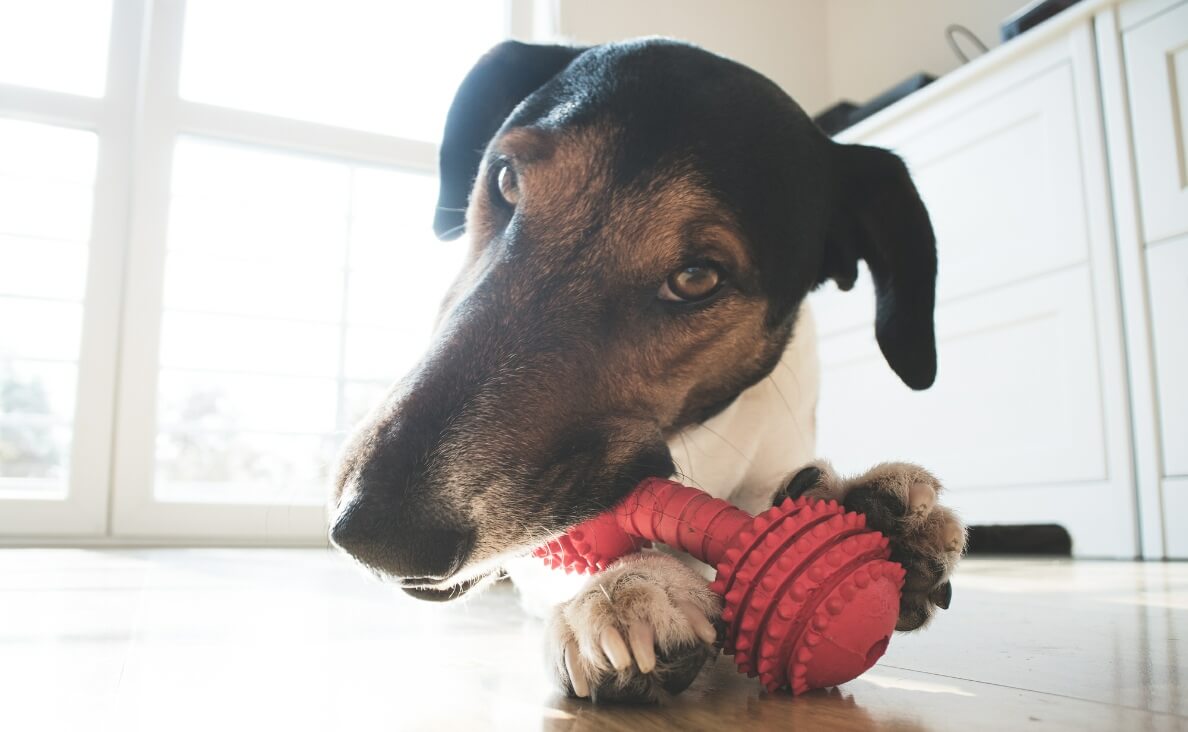
As a responsible dog owner, ensuring the safety and well-being of your furry family member is a top priority. One aspect of pet care that often requires careful consideration is choosing safe chews for your dog. Dogs have a natural instinct to chew and providing them with appropriate and safe chews not only helps in keeping their teeth healthy but also prevents destructive chewing behavior.
In this guide, we’ll explore valuable tips to help you make informed decisions when selecting safe chews for your canine companion.
Understanding the Importance of Safe Chews
Before delving into the tips for choosing safe chews, it’s crucial to understand why providing appropriate chews is essential for your dog’s overall health. Chewing is a natural behavior for dogs, serving several purposes such as:
-
Dental Health
Chewing helps in maintaining good oral hygiene by reducing plaque and tartar buildup. It also promotes healthy gums and can help prevent dental issues.
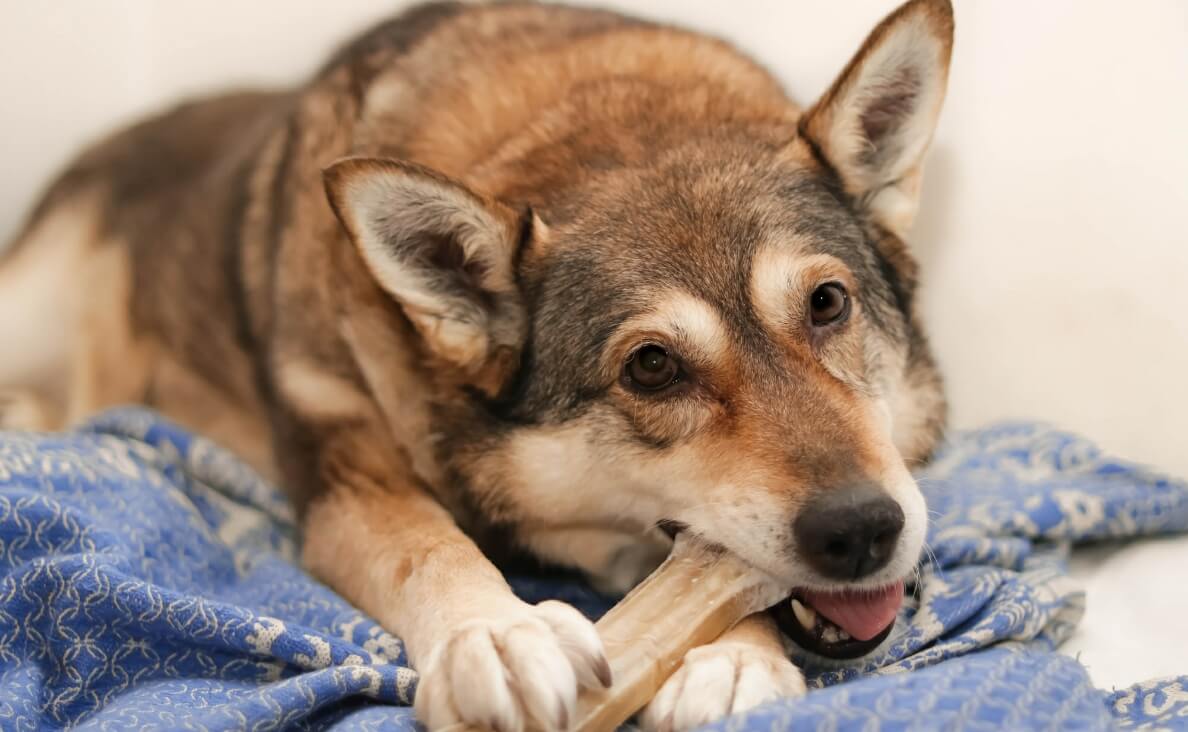
-
Mental Stimulation
Chewing provides mental stimulation, preventing boredom and anxiety in dogs. It’s an excellent way for them to release excess energy and keep their minds engaged.
-
Jaw Strength
Regular chewing can contribute to the development of strong jaw muscles, particularly in puppies and younger dogs.
Now, let’s dive into the tips for selecting safe chews for your beloved pet.
Tip 1: Consider Your Dog’s Size and Breed
Not all dogs are the same, and their chewing habits can vary based on their size and breed. Larger, more robust breeds may require sturdier chews to withstand their powerful jaws, while smaller breeds might prefer softer options. Always take into account the size and breed-specific needs of your dog when selecting a chew.
For smaller dogs or puppies, consider softer chews made from materials like rubber or nylon. These materials provide a satisfying chewing experience without posing a risk of splintering or causing dental damage.
Tip 2: Avoid Dangerous Dog Chew Toys
Every chew toy has potential dangers, but some pose more risks than others. Avoid the following types to decrease the risk of injury to your dog.
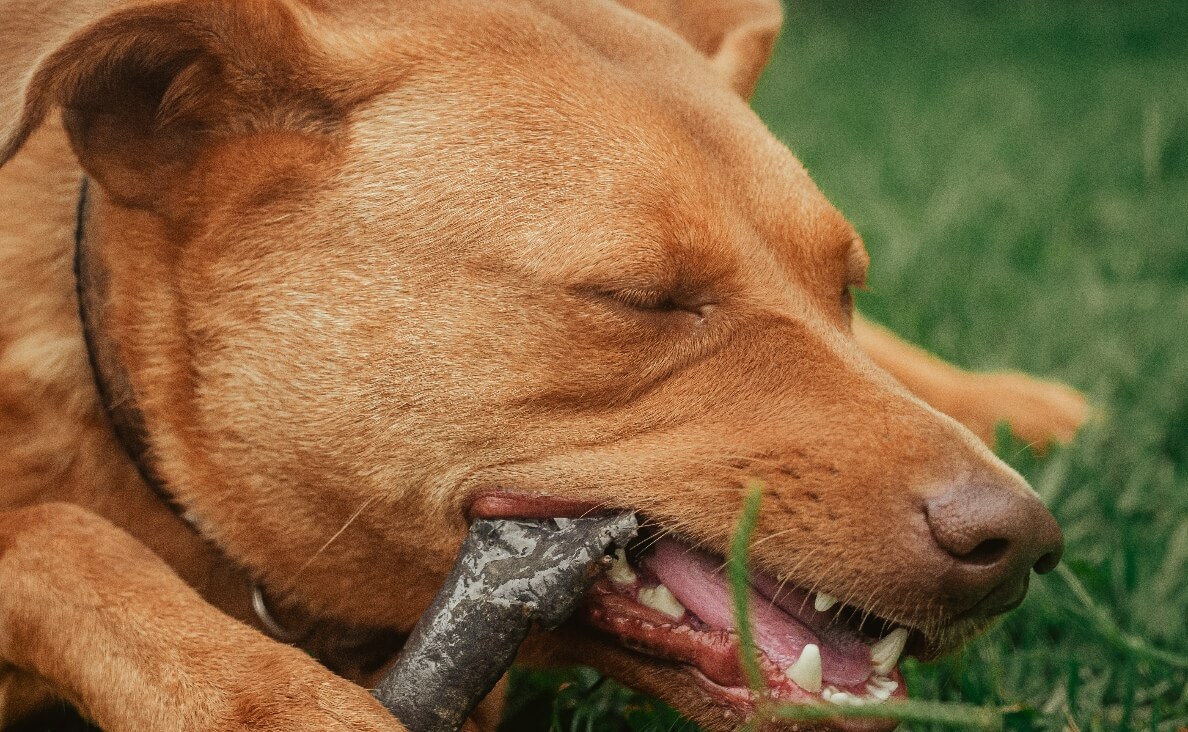
-
Bones
Bones seem like a durable and natural option, but they are often hard enough to break your dog’s teeth. Sharp, broken bone pieces can pierce your dog’s throat, become lodged in their esophagus or pierce the stomach lining.
-
Cow hooves
Like bones, cow hooves can break your dog’s teeth or splinter into small shards. Their circular shape poses a threat because they can get locked behind your dog’s lower jaw below the canine teeth, requiring removal by a vet.
-
Antlers
Antlers’ hardness can cause teeth breakage and their sharp points can puncture your dog’s gums and throat.
-
Rawhide
These popular chews are made of chemically processed animal hides and can become contaminated with bacteria, making your dog sick. Large rawhide pieces can get stuck in the digestive tract, and removal may require abdominal surgery.
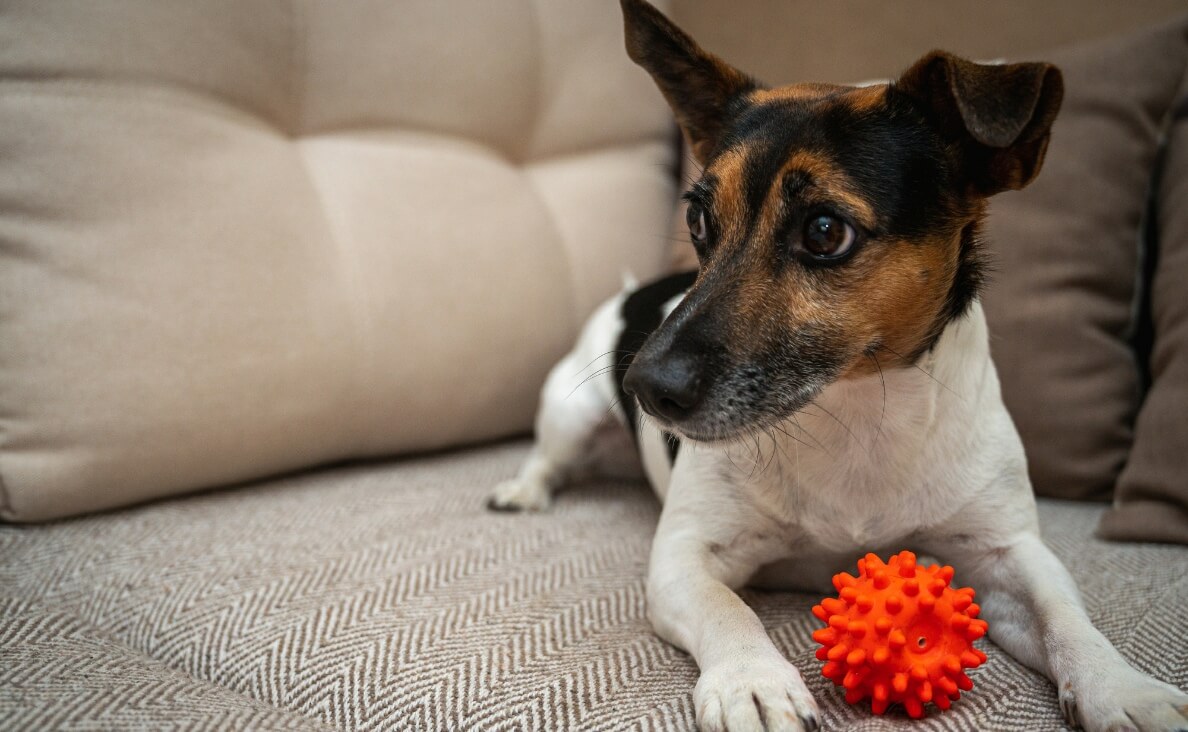
Tip 3: Avoid Artificial Additives and Preservatives
Read the labels carefully when selecting chews for your dog. Avoid products that contain artificial additives, preservatives, colors, or flavors. These can cause adverse reactions in some dogs, leading to digestive issues or allergic reactions. Opt for chews with minimal and natural ingredients to ensure the safety of your pet.
Tip 4: Check for Choking Hazards
Safety should be a top priority when choosing chews for your dog. Always opt for chews that are appropriately sized for your dog to reduce the risk of choking. Avoid small or easily breakable chews that can pose a hazard, especially for smaller breeds.
Regularly inspect the chew as your dog uses it, discarding any small or sharp pieces that may break off. If a chew becomes too small and poses a choking risk, replace it with a new, appropriately sized option.
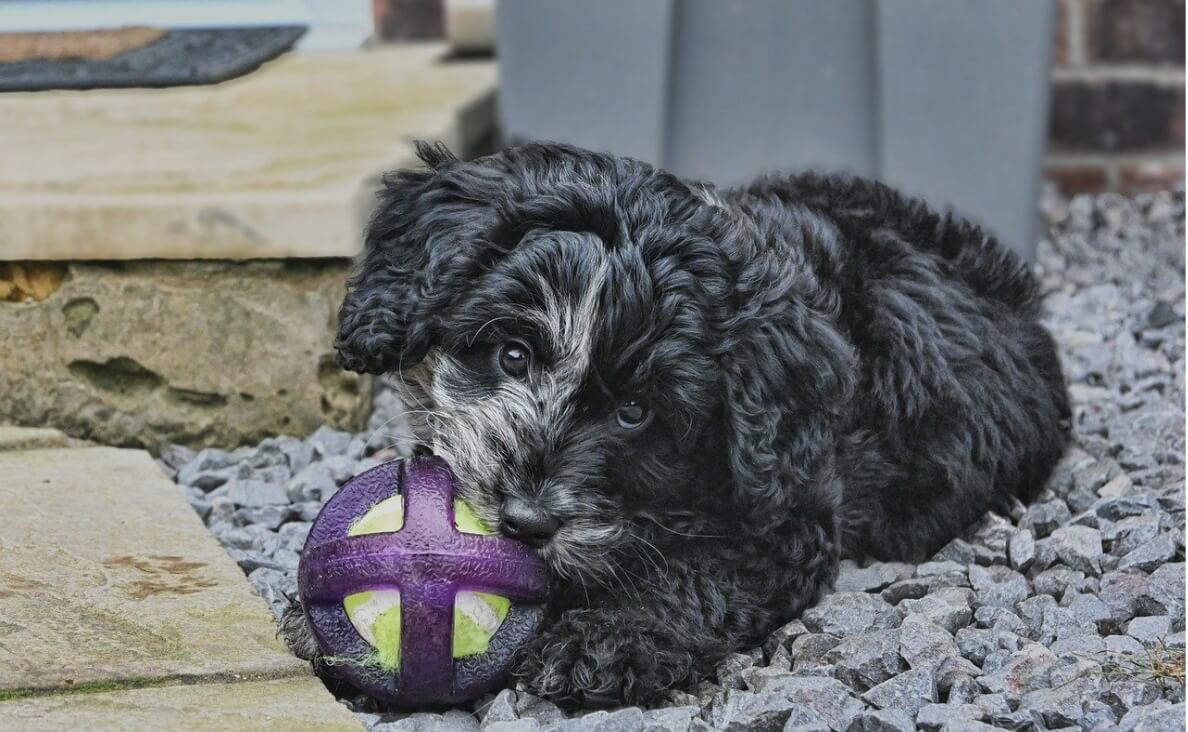
Tip 5: Consider Safer Dog Chew Alternatives
Look for chews that pass veterinary safety tests, such as:
-
Nylon or rubber chew toys
Look for chews that can withstand heavy chewing but soft enough to give a little so they don’t break your dog’s teeth.
-
Edible chews
Most edible chews are softer and digestible for your dog. Look for chews approved by the Veterinary Oral Health Council (VOHC) and are proven to prevent plaque and tartar build up.
-
Balls
A hard rubber ball is great for a game of fetch and a chew toy as long as it can’t be chewed into small pieces. Make sure the ball is appropriate for the size of your dog.
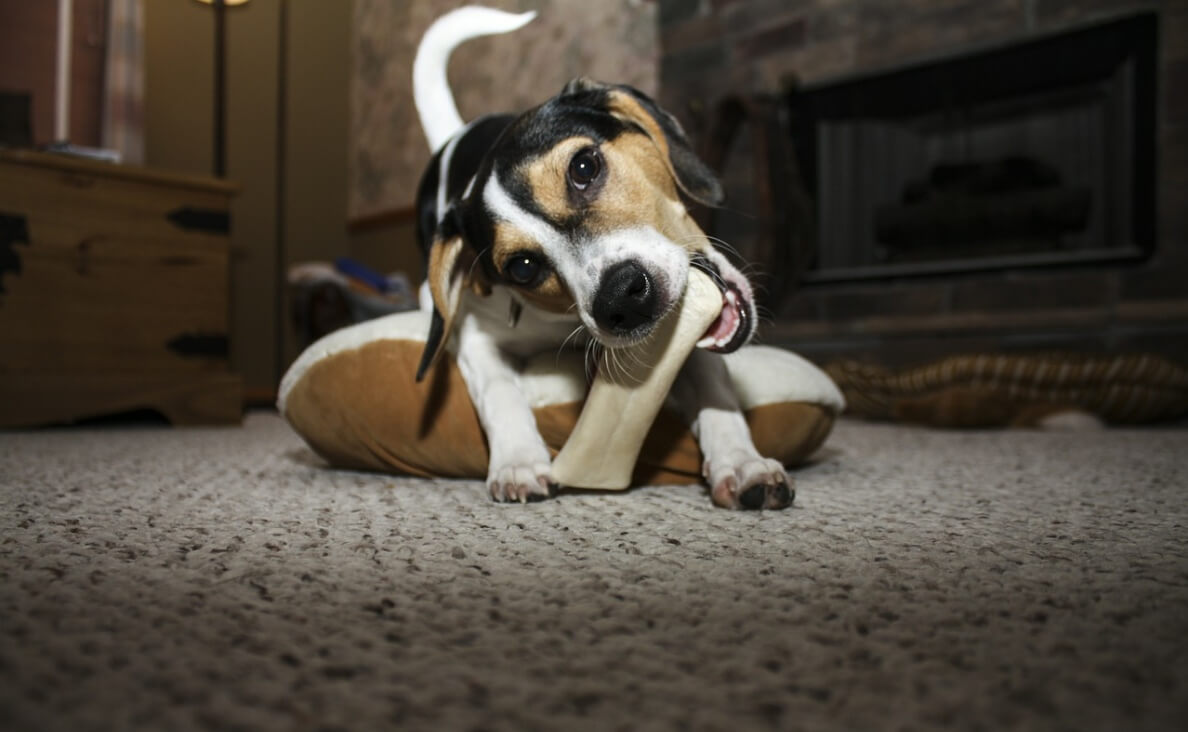
Tip 6: Monitor Your Dog During Chew Time
Even with safe chews, it’s essential to supervise your dog during chewing sessions. This allows you to intervene if any issues arise, such as choking or the chew becoming too small. Additionally, monitoring your dog’s chewing habits helps ensure they are using the chew appropriately and not exhibiting destructive chewing behavior.
Tip 7: Consult with Your Veterinarian
Before introducing new chews into your dog’s routine, it’s advisable to consult with your veterinarian. They can provide guidance based on your dog’s specific health needs, dietary restrictions, and chewing habits. If your dog has dental issues or is on a special diet, your vet can recommend chews that align with their unique requirements.
Tip 8: Rotate Chews for Variety
Dogs, like humans, can get bored with the same toys and chews over time. To keep your dog engaged and satisfied, consider rotating their chews periodically. This not only provides variety in textures and tastes but also prevents your dog from becoming disinterested in their toys.
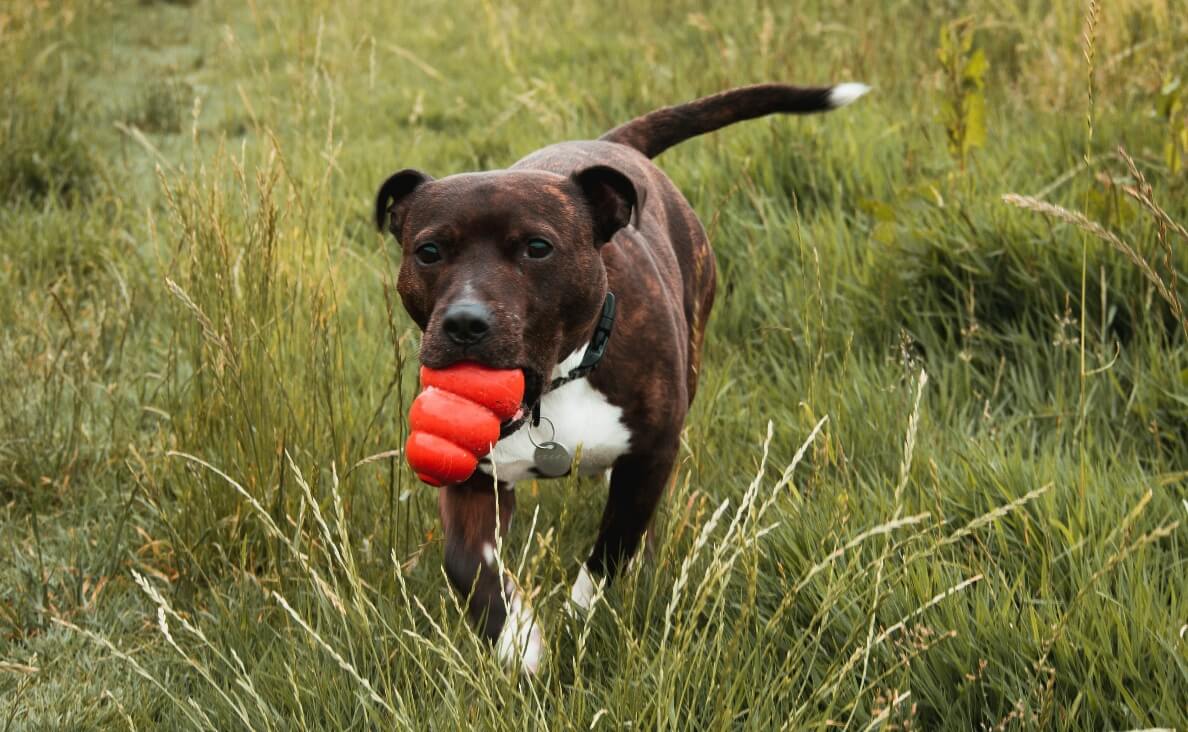
Final Thoughts
Choosing safe chews for your dog is a thoughtful and necessary aspect of responsible pet ownership. By considering your dog’s size, avoiding additives and dangerous chews, checking for choking hazards, monitoring chew time, consulting with your veterinarian, and rotating chews, you can ensure a positive and safe chewing experience for your furry friend. Remember every dog is unique, so paying attention to their individual needs and preferences will help you make the best choices when it comes to providing safe and enjoyable chews.
Related: Guide to Choosing the Best Dog Treats for Your Dog
What are your dog’s favorite safe chews? Please share in the comments below…

 When Is It OK to Leave Your Dog in the Car?
When Is It OK to Leave Your Dog in the Car? National Pet Poison Awareness Week – March 18 – 24, 2018
National Pet Poison Awareness Week – March 18 – 24, 2018 How to Stop Dog Aggression Toward Other Dogs
How to Stop Dog Aggression Toward Other Dogs Have a Heart for Chained Dogs Week
Have a Heart for Chained Dogs Week 8 Reasons You Should Crate Train Your Dog
8 Reasons You Should Crate Train Your Dog






Leave a Reply